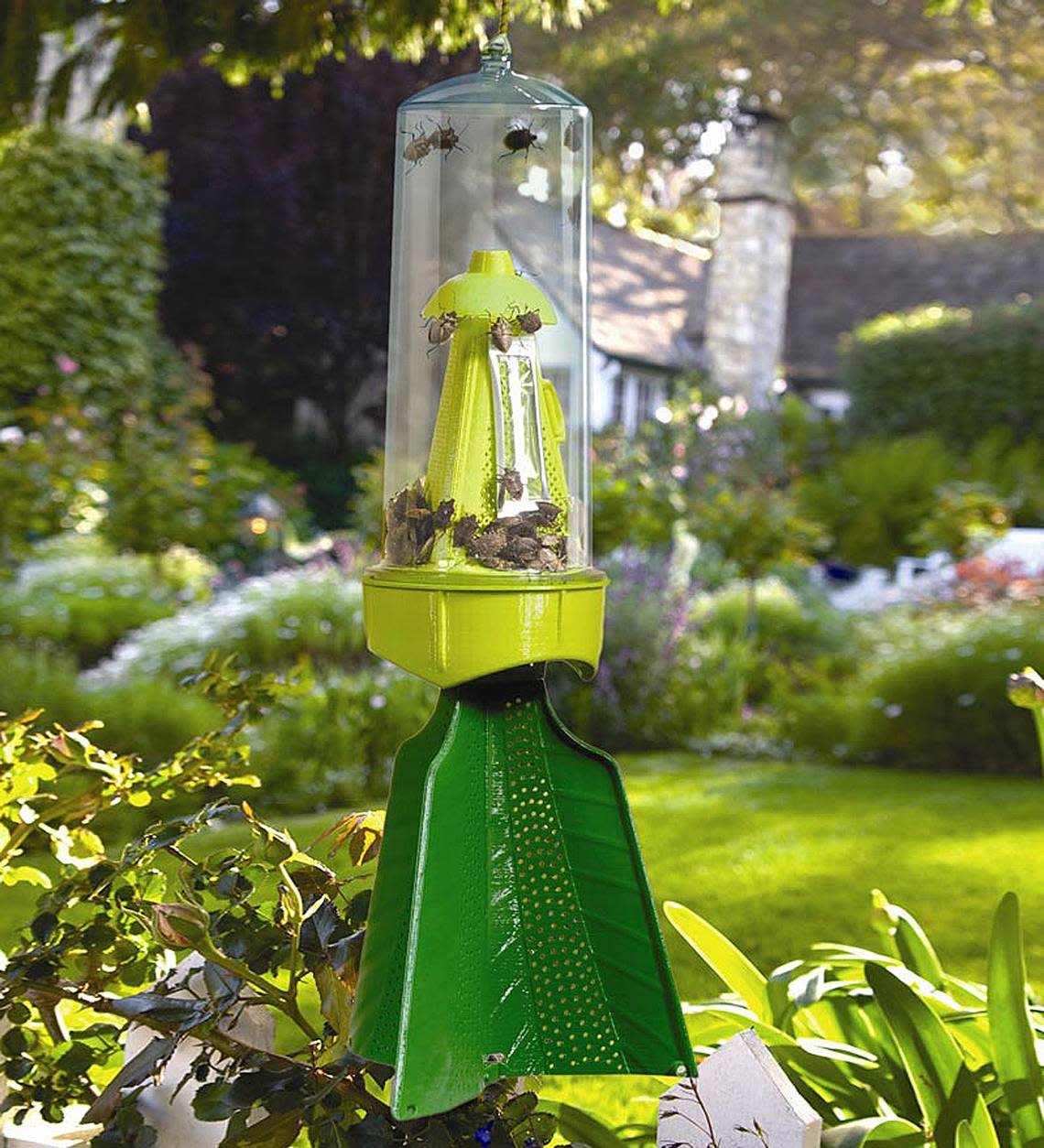Why do stink bugs love Texas? Here’s how to get rid of them if they’re around your house
During a Texas summer, critters that bite or sting begin to come out. But what about the stink bugs?
Stink Bugs are small insects with a gland in their abdomen that releases a foul odor. They are mostly present during the warmer months. They reappear and mate during the spring which is when the critters are usually spotted. Depending on the species, they are both carnivorous and herbivorous.
While they are especially a concern for farmers, they are also a nuisance to those living in the suburbs. You won’t see them much during the winter. But when they creep back out for summer, they are looking for places that are bright and warm, with vegetation, and shelter for them and their ilk.
⚡ More trending stories:
→Snakes are crawling out of hibernation in Texas. Check the toilet before taking a seat.
→In Texas, set your thermostat at 80 when it's 100 degrees, expert says.
→Groceries at this national chain are the cheapest, study finds.
Texas has one species of bug that is a real stinker: the Brown Marmorated stink bug or better nicknamed as the Texas invader. This species has a brown body with black and white spotted hind legs. This species fetched a ride over from China in the 90s, and took its first American tour in Allentown, Pennsylvania.
Other than the Brown Marmorated stink bug, there are a few other species that pop up in Texas: the Green Southern stink bug, the Conchuela stink bug and the Green stink bug. What draws them in is bright lights, warm climates, agriculture, moisture filled shelters, and if there are others of their kind to join.

Most people worry about bugs inside the house. For stink bugs, the critters are more of an issue outdoors. Texas’s warm climate is the perfect environment for them to wreak havoc. They love the Texas crops: cotton, sorghum and corn, these are three of Texas’ top seven crops for highest production.
South and East Texas see the Green Southern stink bug and the Brown Marmorated stink bug. They are quick fliers, buzzing around farms. In the West and Winter Garden region of Texas, the The Conchuela stink bug thrives on sorghum and corn which makes them frequent fliers to West Texas and the state’s Winter Garden region — Dimmit, Frio, La Salle, and Zavala counties, but also includes parts of Atascosa, Maverick, and McMullen counties. The insects can be detrimental to crops, especially cotton.
The way the bugs stay alive is by sucking the life out of plants. This can be devastating to any farmer or home gardener. Here are a few tips and tricks to keeping the little stinkers away from your crops and homes.
Catch and release: If you want to avoid squishing the insect and releasing the notorious odor, you can simply catch the critter and re-release it into the wild.
Vacuum: Vacuums do not kill the critter, and avoids the foul odor.
Garlic spray: Crush some garlic and let it sit in a spray bottle with water for a few days. If you spray the stink bug, it will die instantly. The odor also keeps them away for up to 30 days.
Soapy water: Leave out a dish with soapy water. The bugs will be attracted to the scent and drown. This can be outdoors or indoors. If indoors, add a lamp to really attract them.
Barricade: For gardeners, cover your plants with net or row covers to keep the pests out.
Predators: If you want another critter to do the work for you, assassin bugs are territorial and will attack other insects in their way. They do not feast on plants but rather other bugs. You can buy eggs of the assassin bugs to grow.
Seal any windows, doors, or cracks: Sealing up your house against critters is an option. This goes for more than just stink bugs.
